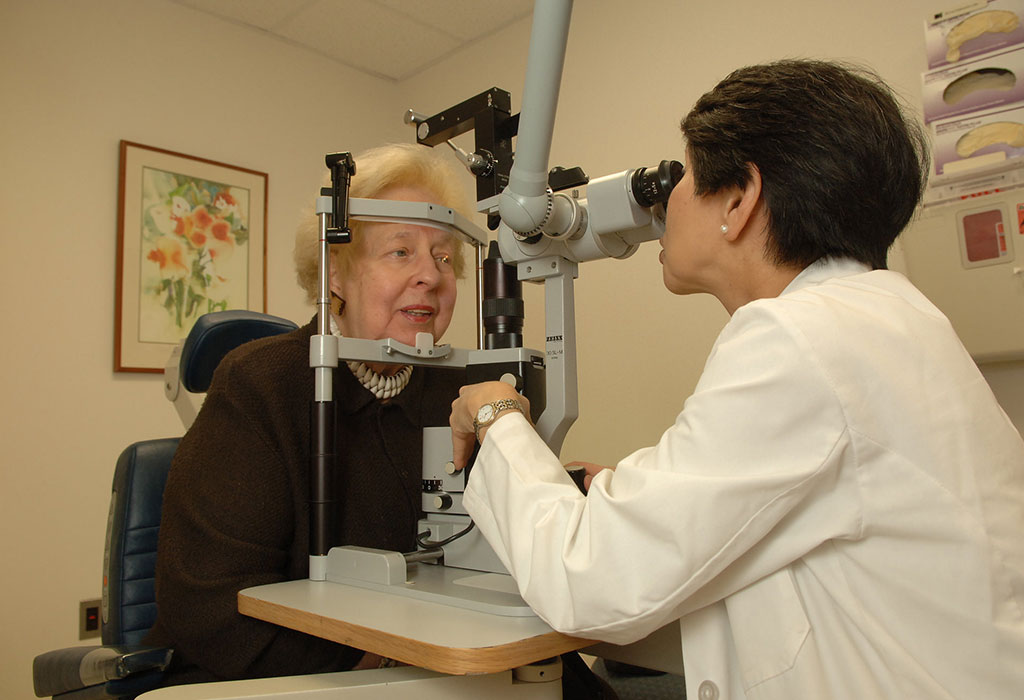Will looking at the sun really make you blind?
Parents always warn us never to look directly at the sun. They threaten our retinas will burn up and we'll be blind forever. Is this really true or are they repeating an old urban myth?
Even a quick glimpse of the sun is usually painful and difficult, so our natural instinct is to immediately squint and turn away. But if it’s cloudy or hazy, or there’s a solar eclipse taking place, then looking at the sun seems easier and feels less painful. Beware … damage will occur!
When you stare directly at the sun—or other types of bright light such as a welding torch—ultraviolet light floods your retina, literally burning the exposed tissue.
Short-term damage can include sunburn of the cornea—known as solar keratitis. This results in light sensitivity and pain, with symptoms generally showing up within 24 hours of exposure.
More serious damage is known as solar retinopathy. This occurs when UV light literally burns a hole in the retinal tissues. It destroys the rods and cones of the retina and can create a small blind spot in the central vision, known as a scotoma.
The retina does not have any pain-receptors, so you won’t feel the damage being done. It’s often not until several hours (or even days) later, when people find their eyes hurt, their vision is blurred or that dark or yellow spots are affecting their sight that they realise damage has occurred.

Most people who experience solar keratitis and solar retinopathy make a full recovery but, depending on the level of damage, this can take up to 12 months. Others never fully recover complete vision, and continue to experience vision problems such as blurriness or spots.
If you think you may have overdone it looking at the sun or other bright light, it’s important to get checked by an optometrist or other eye care professional. They should be able to establish the degree of damage, if any, and advise you how to best manage your recovery.
Even if you haven’t been actively sun-gazing, it’s important to note that damage can accumulate over many years of sun exposure. Once again, it’s the UV light that’s the problem, resulting in corneal sunburn, cataracts and growths on the eye surface. These typically become apparent when a person is over 50, but if you’re outdoors a lot or don’t wear eye protection it can happen earlier.
If you really need to look at the sun, there are simple and safe ways to do so. One method is to fashion a simple pinhole camera. See other safe ways to view the sun or a solar eclipse.
Remember, to protect your peepers and keep them in top condition wear sunglasses that filter out both UVA and UVB light, choose a hat with a broad brim … and listen to your parent’s advice.





